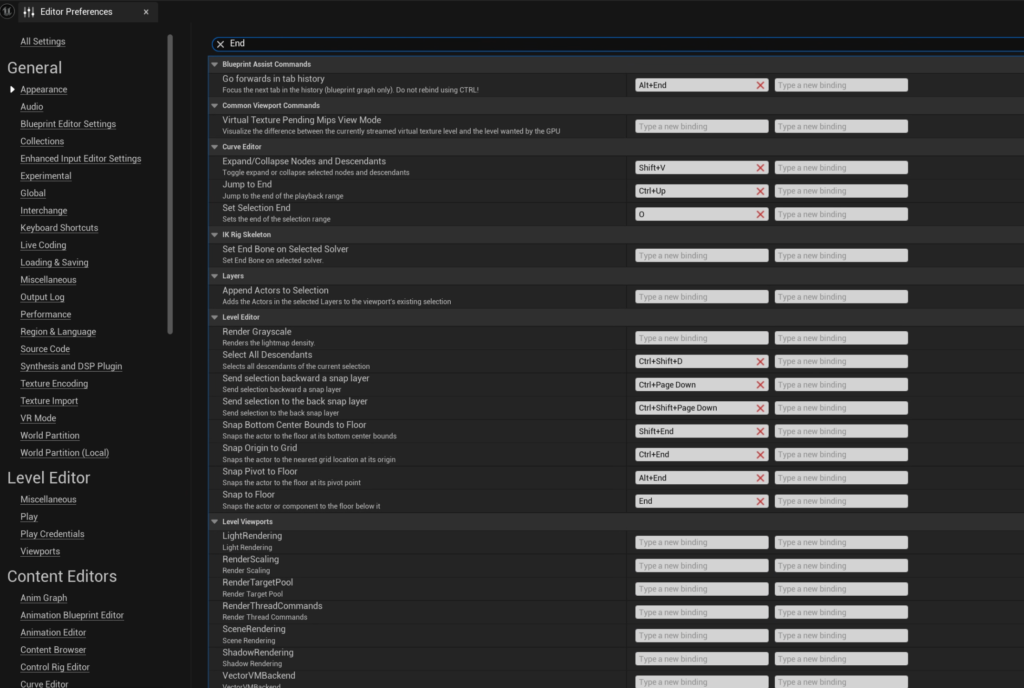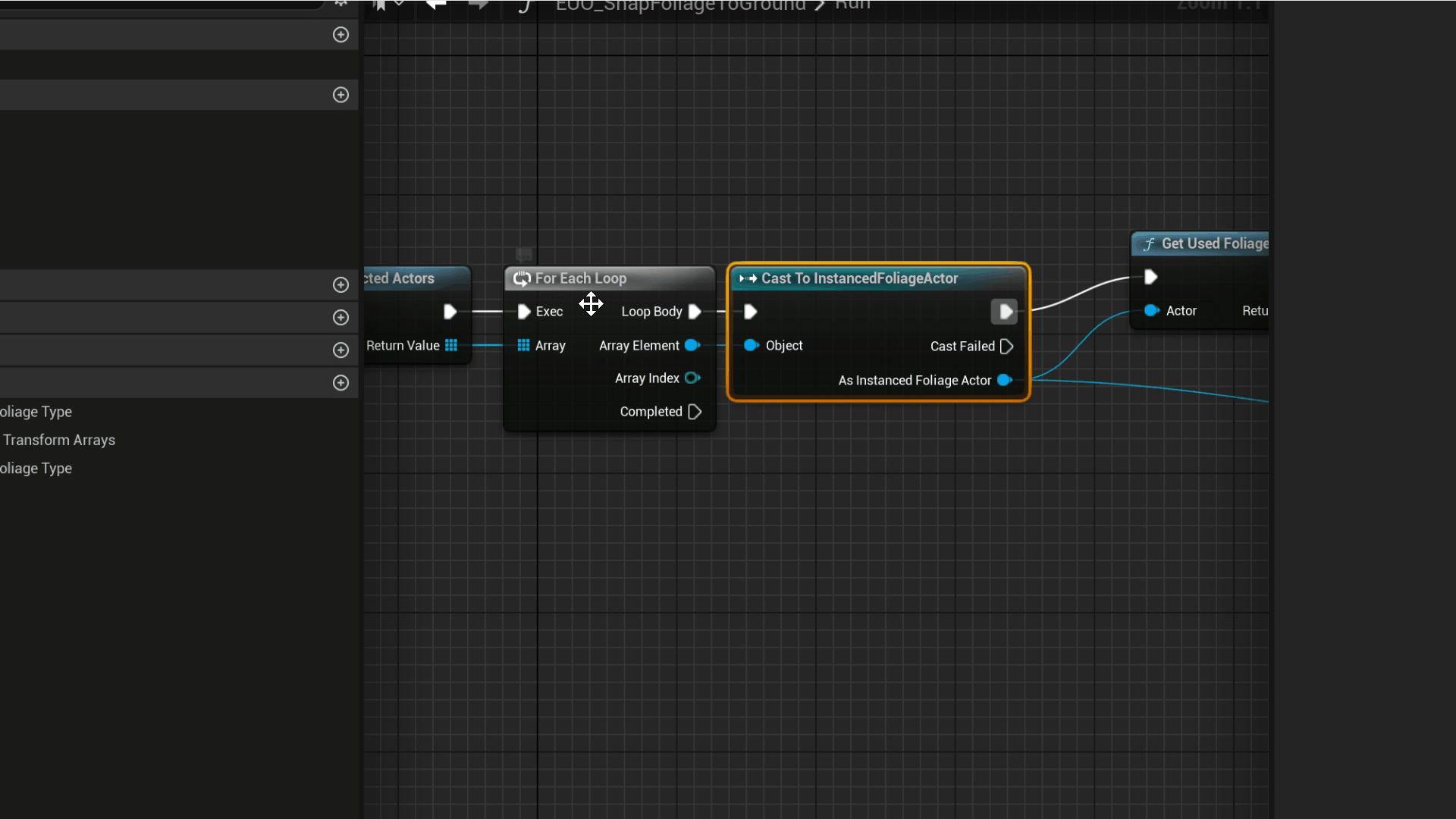I’ve been working more than 6 years professionally with UE5 and I learned so many things that may not be documented or as obvious but will speed up your workflow significantly in case you didn’t know. Let’s begin!
- You can do maths in text-fields!

2. You can and should copy whole properties instead of all group members! This works for anything that is a struct ( e.g. Transforms ) or arrays. And since 5.5, even whole groups can be copied! Just right click your property or group.

3. You can snap objects to the ground with the ‘End’ key. Or even better, just check the editor preferences for “snap to floor” and assign the key yourself! There are so many unused action to be bound!

4. If you want to know more about a blueprint or material node, just hover your node in question and press ctrl+alt to get an extended excerpt from the documentation.

5. There are iterators for every enum type prepared for you to use!

6. There’s a stack trace node in blueprints that prints out how it got there. Super neat for complex systems.

7. There is no delegate type in function parameters available.

But if you drag and drop a delegate input, you can actually pass events!

8. Advanced Content browser syntax is really amazing! Hover over any asset, you can see the properties of it, e.g. a static mesh:

You can look for any of those properties in the content browser search, for example

Read more here! https://dev.epicgames.com/documentation/en-us/unreal-engine/advanced-search-syntax-in-unreal-engine
The only thing that doesn’t work nicely is looking for vector3 properties, e.g. ApproxSize. The search it uses is a string based and not numbers ( so you can’t do < >). So if you want to be able to search based on that, ask a programmer of your choice to add those properties to the asset data base of ue5. It’s a really simple process but requires C++.
9. If you code in python and want to set e.g. an actor property, you need to know it’s actual variable name. Right clicking on any property allows you to retrieve the internal / variable name quickly.

10. You can do maths in blueprints and not use a million nodes! Use the Math Expression node, put in your calculation. Now you can plug in whatever variables you want.

Even more complex operations like function calls can be done in text. In the end, you can check out the blueprint that has been created for you by double clicking it!


11. If you’re creating tools, keep in mind the whole work cycle of your users. If they don’t submit their work( because they’re maybe not aware all the dependencies), just do it for them. There’s a whole library ( called Editor Revision Control Helpers) in blueprints to allow you create Changelists. You can even set the message and submit them.

12. A lot of people choose their main map as their starting map for the editor. If you’re working on an Open World Game, that might take a significant amount of time every single time you start the Engine.

Quick additional tip, in case you ever running into an issue where you have it set to ‘Last Opened’ and your map causes a UE5 crash, you can change the value of this drop down in the UserPreferences.ini.
13. For splines, if you need a quick basic shape, you can right click any point to get the ‘Spline Generation Panel’.

14. Sometimes it can help tremendously to make inherited variables visible if you work in an unknown API. Just click on the cog-wheel on the top right of the blueprint type you want to know more about.

15. The sector manager is a really neat built-in class that is not very known. In World Partition Levels it allows for streaming in and out everything contained within a volume.

I will gradually extend this page over time, there’s only so much time but so many nice great features to mention!